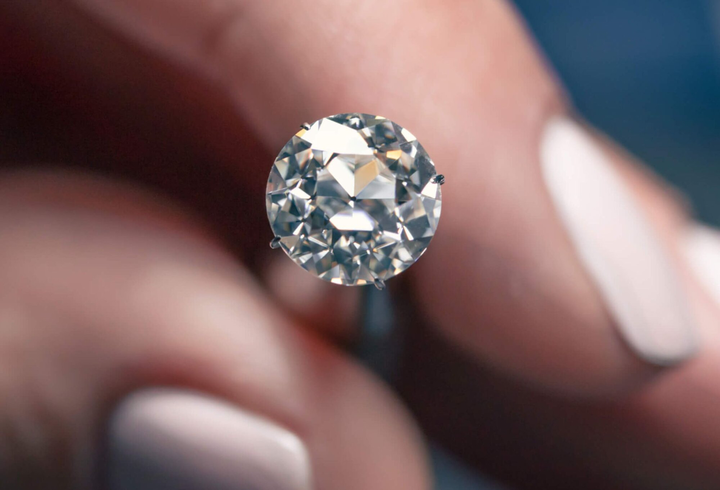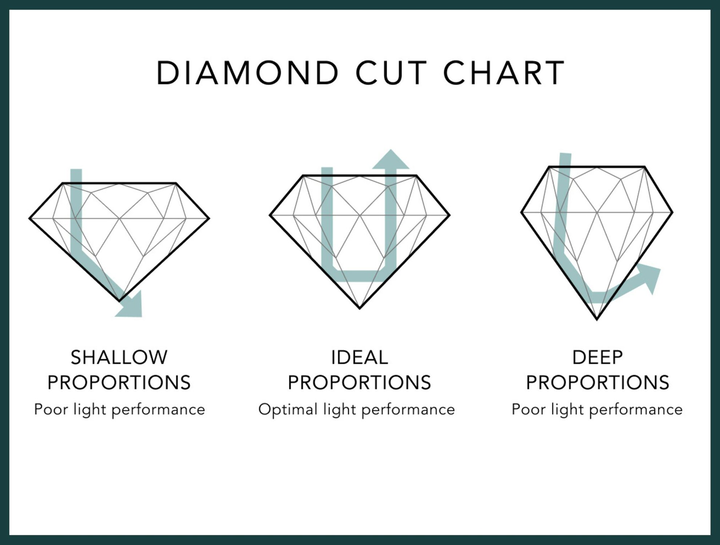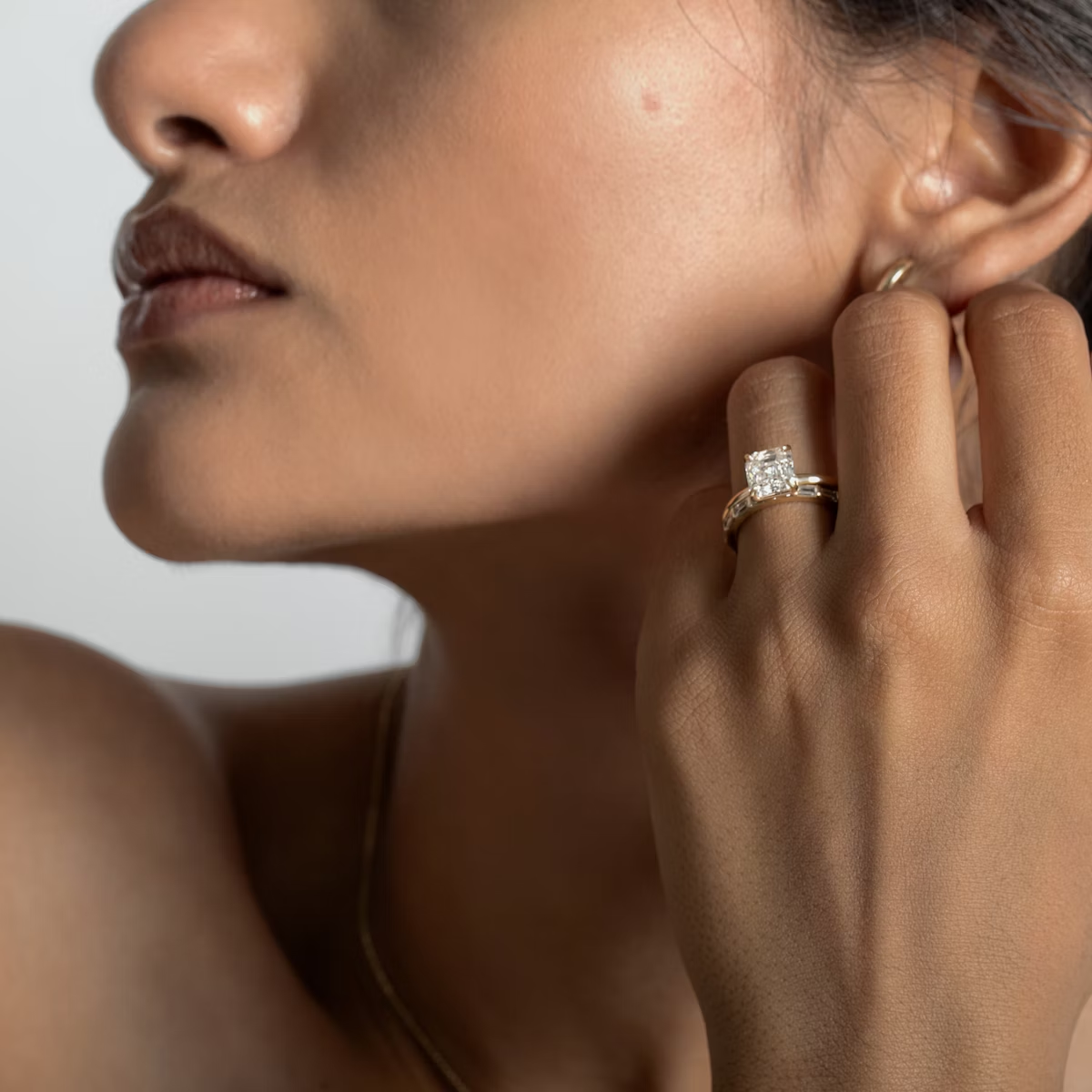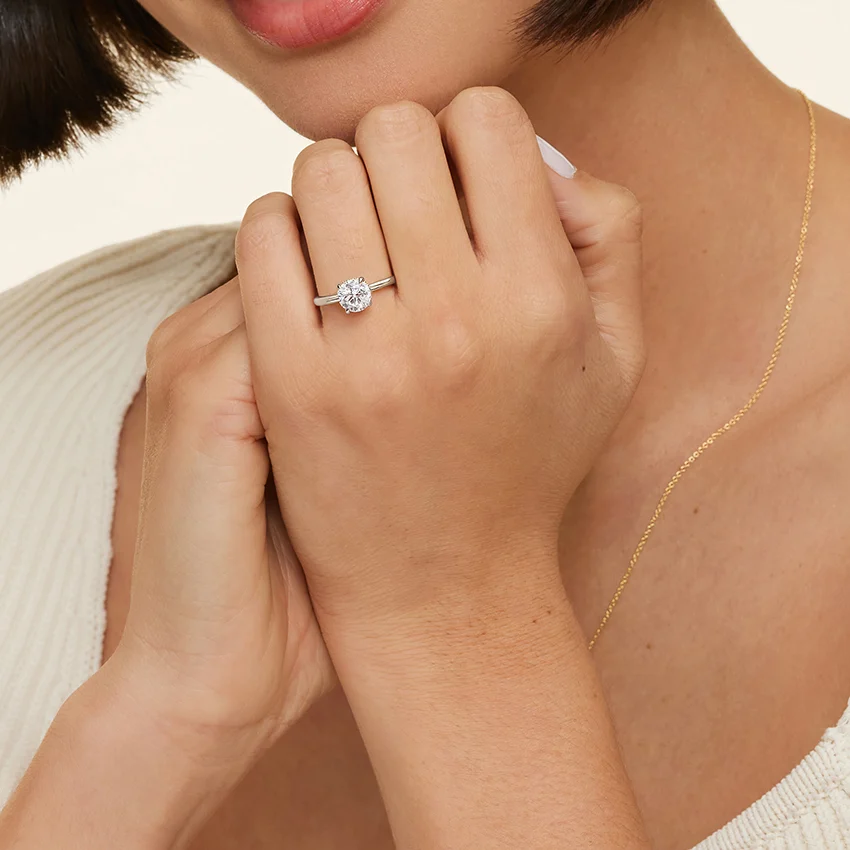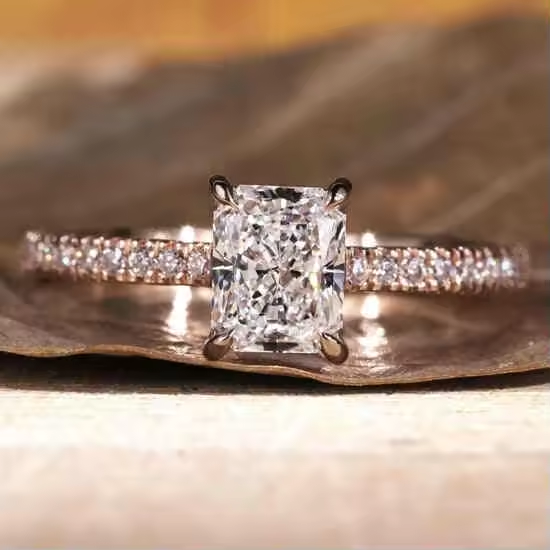
Proposal must-reads: from the origins of diamond rings to a budget guide to unlock your own journey to happiness
Proposal must-reads: from the origins of diamond rings to a budget guide to unlock your own journey to happiness
If you're lucky enough to have found the partner you deserve to cherish for the rest of your life, it's time to prepare for the most important moment of your life - the proposal.
The standard proposal for thousands of years: the origin of the ring (diamond ring)
When it comes to marriage proposal, the first thing that comes to mind must be the ring, especially the diamond ring. It is a symbol of love, but also the central prop of the proposal ceremony.
As early as about 6,000 years ago, ancient Egyptian couples began to give each other rings, the earliest ring is made of papyrus and reeds woven into a circle, worn on the 4th finger (i.e. ring finger). The ancient Egyptians believed that the ring finger had a vein leading to the heart, known as the “vein of love”.
This tradition was gradually accepted by cultures around the world, and the exchange of wedding rings became one of the oldest and most symbolic love rituals.
“Diamonds are forever": How did the diamond ring become a symbol of love?
In 1947, an advertising slogan changed the history of the diamond industry:“A diamond is forever ”. It was a classic marketing phrase launched by De Beers in conjunction with a Philadelphia advertising agency.
Why does this phrase hit home? There is a deep emotional logic behind it:
Ancient: Diamonds symbolize eternal love and commitment.
Hard: Diamonds are the hardest substance on earth, reflecting the unwavering nature of love.
VALUE: It is a suitor's solemn monetary commitment to his or her significant other.
Beautiful: a sparkling diamond symbolizes a beautiful life created together.
In addition to this, the engagement ring also assumes the significance of a kind of “commitment insurance”: if love is a transaction, the diamond is the deposit. For the wearer, the sparkling diamond on the ring finger is not only a symbol of love, but also a declaration of “victory” for the suitor.
This slogan is perhaps the most successful marketing campaign of all time, linking diamonds to love and driving the global diamond market.
Why are diamonds expensive? The Truth Behind It**
Many people believe that the high price of diamonds stems from their rarity, but this is not the case.
What really raises the price of diamonds is the complex process from the mine to the consumer:
- Mining: Most diamond mines are located in remote and resource-poor areas. 2.
- Selection and cutting: from the rough stone to the finished diamond, it takes a lot of skill and labor. 3.
- Grading & Selling: After diamonds are graded by international authorities (e.g. GIA), they enter the retail market.
With the development of the Internet, consumers' awareness of the value of diamonds and channels has gradually increased, and the authenticity of diamond purchases can be ensured through reputable grading organizations. However, an engagement ring is still a significant expense, causing many first-time buyers to feel pressured to adjust their budgets.
Engagement ring budget guide: how to choose wisely?
- Income Oriented
This approach is nearly 100 years old. In the 1930s, during the Great Depression in the United States, the jewelry industry advised consumers to spend **one month's salary** on a diamond engagement ring.
Later, this criterion gradually rose to two, or even three, months' salary, similar to the logic of choosing the price of a car based on annual income when purchasing a car. This rule is intended to balance the spending levels of people in the same social circle, but it is important to note that this is a sales tactic invented by the diamond industry and is not something that must be strictly adhered to.
- Age Orientation
Another way to budget is to divide the bride's age by 10 to get the corresponding carat weight of the diamond ring. For example, the corresponding diamond ring for a 30-year-old bride is 3 carats. This method is less realistic for younger couples, but larger carat diamonds are more common for second marriages or anniversaries after many years of marriage.
- Cost-performance oriented: Cultivated diamonds vs. natural diamonds
For consumers seeking value for money, cultivated diamonds have been the preferred choice in recent years. Compared with natural diamonds, cultivated diamonds have the following advantages:
Better price for the same quality: with the same carat weight and cut, the price of cultivated diamonds is more acceptable.
Higher clarity: Cultivated diamonds usually have fewer inclusions and are more visually appealing.
Environmentally sustainable: Cultivated diamonds have less impact on the environment and are in line with modern consumer attitudes.
For consumers with limited budgets but still in pursuit of quality, choosing cultivated diamonds can save money while ensuring beauty and significance.
How to choose a diamond ring: the key is to combine emotion and rationality
A diamond ring is not only a symbol of love, but also a lifetime commitment. When choosing a diamond ring, you don't have to go for expensive, but rather pick a ring that really suits each other according to your budget and needs:
Pursuing classic: choose a round diamond with excellent cut and fire color.
Accentuate individuality: try chic cuts such as oval and heart shapes.
Value for money: Give preference to cultivated diamonds to save money and protect the environment.
Whether you choose a natural diamond or a cultivated diamond, the true value of a diamond ring lies in the emotion and commitment it carries. We hope this article can provide guidance for your proposal journey, and bless you to find your own eternal happiness!

